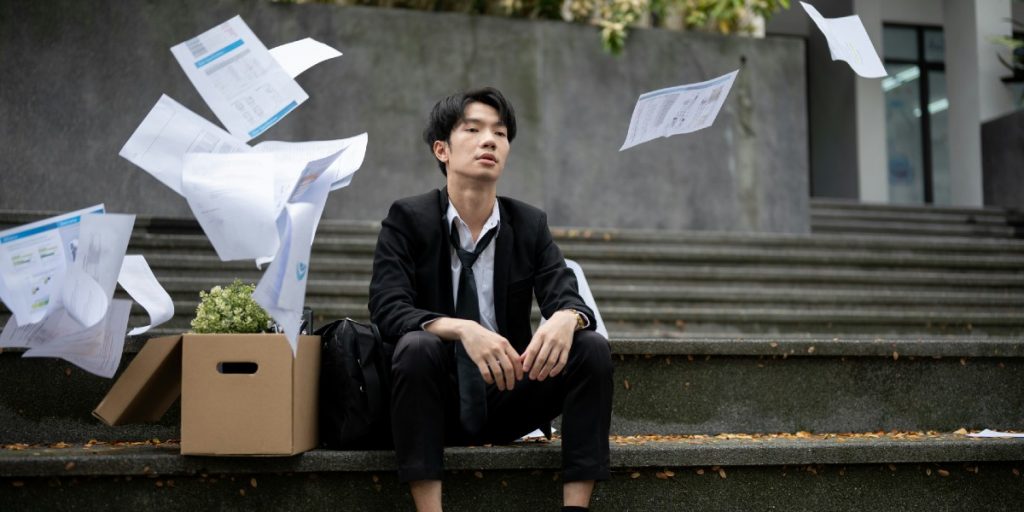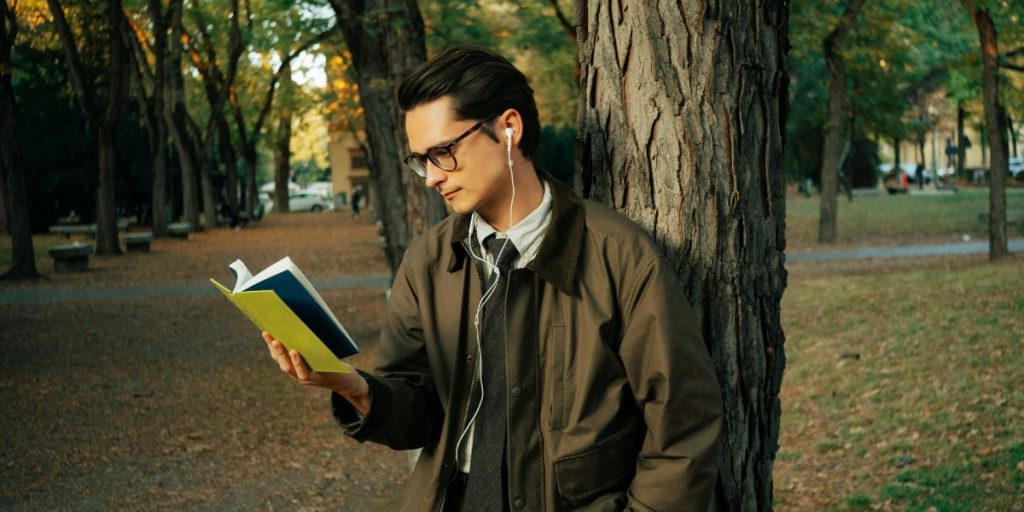Michelle Drouin is a behavioral scientist and expert on technology, relationships, couples, and sexuality. Her work has been featured or cited in the New York Times, CBS News, CNN, NPR, and other media outlets. She is Professor of Psychology at Purdue University-Fort Wayne and Senior Research Scientist at the Parkview Mirro Center for Research and Innovation.
Below, Michelle shares 5 key insights from her new book, Out of Touch: How to Survive an Intimacy Famine. Listen to the audio version—read by Michelle herself—in the Next Big Idea App.

1. You can’t survive on dopamine alone.
For most of us, our daily lives are filled with drips of dopamine from our quick and easy social communication, like text messages and social media comments. These little bits of social reinforcement feel good—like the short-term wins at a slot machine. At the same time, our engagement in deeply immersive, intimate moments is diminishing. Sexual activity is decreasing, people are having fewer face-to-face moments, and millions of people are lonely and socially isolated.
Every time we choose texting in the text-talk-touch dilemma, we might be saving time, but we are reinforcing the dopamine-driven feedback loop and sacrificing the floods of oxytocin we might get from more immersive face-to-face experiences, like hugs or sex. It’s a tradeoff that leaves many of us wanting. And though you could likely survive on these dopamine drips, oxytocin (aka the love hormone) is really what helps us bond with others. And that type of bonding helps us survive as humans.
So when faced with the quandary of text-talk-touch, strike a balance between the drips and the floods. You can’t always choose to be face-to-face, but use text or social media messaging for their best purposes, such as a quick check-in or a placeholder for the deeper, more immersive moments that make us really human.
2. Don’t buy into online hype.
The perfect symbol of our omnipresent internet lens is the panopticon. It’s an architectural structure proposed by philosopher Jeremy Bentham in the 18th century—a tower with a guard in the center of a rotunda, filled with rooms all facing the center. Although originally designed with prisoners in mind, it didn’t take long for theorists to liken the panopticon to the internet. Except with the internet, we are each the prisoner and the guard, the watcher and the watched. And that makes us do all kinds of unexpected things.
“With the internet, we are each the prisoner and the guard, the watcher and the watched.”
It might make some of us more paranoid, where we worry excessively that someone might steal from us, hurt us, or even just judge us. Although it’s normal to care about what other people think, the internet pushes us onto a stage where everything we do is on display. This leads some people to hustle to create stage-worthy moments that look pretty in pictures, and others to be inauthentic in what they post. Yet my own research has shown that only 2 percent of people expect that others are honest online. This creates the ultimate conflict between the ideal and the rational: we both want the impossible illusion—the vacations, pretty foods, and beautiful faces from the carefully curated and filtered posts—and at the same time, we don’t believe what we see.
The only way to win against the illusion is to accept the internet for what it is: a magical world of make-believe.
3. Buy big into the social economy.
The longest-running, most comprehensive study of adult development is the Harvard Study of Adult Development. It began with a group of Harvard men in 1937 known as the Grant Study, and its tandem study, which recruited almost twice as many participants from socioeconomically disadvantaged areas around Boston, the Glueck Study. According to the current director of this research, Robert Waldinger, “The clearest message that we get from this 75-year study is this: good relationships keep us happier and healthier. Period.” Participants with stronger friendships had longer, healthier lives, and when asked to give autobiographical sketches detailing the important parts of their lives, more than one in five mentioned friends.
Friendships keep us active, social within our communities, and engaged in health behaviors. They serve as our “crumple zone”—that space between us and disaster that helps to buffer us in our most trying moments. They even help keep us healthy and active and alive. People with greater diversity in their social network are more resistant to illness, and older adults with stronger friendships have a 50 percent greater chance of survival than those with weaker friendships, regardless of age or health status.
“The clearest message that we get from this 75-year study is this: good relationships keep us happier and healthier. Period.”
So: make friendships a priority. Buying into the social economy doesn’t mean acquiring social capital for the sake of popularity or clout. It means developing and maintaining close social ties so that you set yourself up for a richer, healthier, and longer life.
4. Don’t do a phone detox.
One of our most basic human motivations is a drive for closeness and affiliation. We crave intimacy. And intimacy is not just sex—it includes other types of experiences where we can share ourselves and be vulnerable, like hugging, kissing, talking about our feelings, and even sharing our ideas and dreams. Certainly, our phones can serve as a bridge to these experiences. They are our lifeline to everyone we love and care about. This is why I don’t recommend that people do a phone detox or ditch technology entirely.
Instead, use your phone to create opportunities for connection. Harness the power of this technology for social good. Be mindful of how much you’re using it for passive consumption, like scrolling, and how much you’re using it for active engagement, like setting up meetings with friends. So what’s the perfect balance between the two extremes? Two words: social economizing. Make active decisions about how you spend your time. Save and invest your time where you want—not every text and email needs to be answered, and social media will still exist without you. Many people talk about being “sucked in” to their technologies, but this isn’t a passive occurrence. You are choosing tech because it’s what you want. If you make social economizing a daily choice, you’ll soon recognize that when you choose a passive online social activity, there’s an opportunity cost for a more immersive one.
“Save and invest your time where you want—not every text and email needs to be answered, and social media will still exist without you.”
5. Stop being afraid of robots.
I grew up in the era of The Jetsons and Star Wars, with optimistic dreams of robots helping me clean my room and traveling with me on intergalactic adventures. But more recent Hollywood renderings are more pessimistic. From iRobot to Her to Bigbug, these movies highlight the potential downfalls of our robotic friends, like how their glitches might make them attack us, or how their capabilities might make them outgrow us. Even without a robot revolution, many are concerned that robots will make us redundant in the workforce. But focusing on the potential downsides of these innovations makes us overlook the promise of robots as social beings, life facilitators, and trusted companions.
After I met Sophia, the world’s first robot citizen, I started to think more deeply about how robots could help the millions of lonely and socially isolated people on the planet (22 percent of the U.S. population is lonely, including more than one-third of us over 45). Once clunky and awkward, AI technology has reached the point where it is learning and mimicking humans, mirroring speech patterns, and remembering likes and dislikes. They are being built to be socially responsive, rather than apathetic and “robotic.” Tech companies are also putting efforts into anthropomorphism—making robots look and move like humans—which, when combined with advanced AI, is making “robot friends” a real possibility. By shifting our framework away from fear and toward the promise and ethics of robotic integration, we have the opportunity to provide emotional support and companionship for millions.
To listen to the audio version read by author Michelle Drouin, download the Next Big Idea App today:































